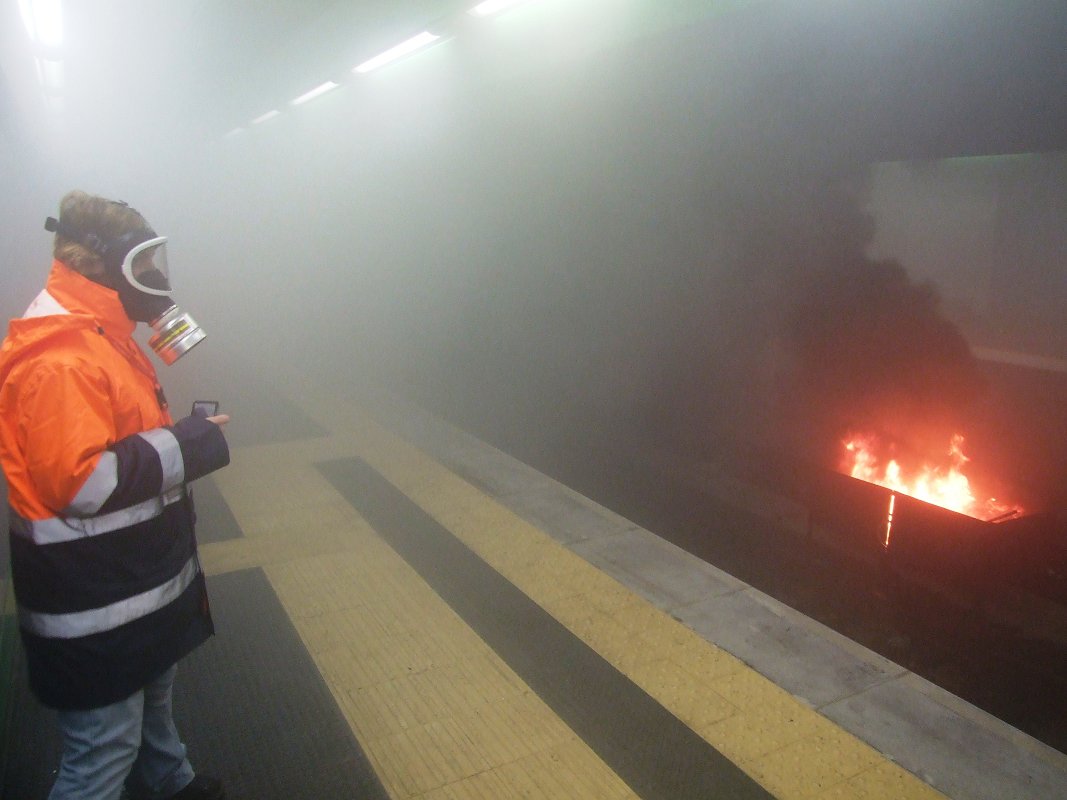HPC-Based Engineering Design for Control of Smoke in Subway Tunnels
Presentation of the problem and objective of the experiment
Design of smoke control systems and emergency strategies for subway tunnels in the event of fire represents a very challenging task, a non-negligible part of the engineering efforts as well as the costs of civil works and systems aimed at human safety. The objective of the experiment is to make available an innovative process to efficiently design smoke control systems and emergency strategies by using high-fidelity 3D Computational Fluid Dynamics (CFD) simulations and on-demand HPC.
Short description of the experiment
The experiment focuses on the development of a unique framework that combines flexible on-demand remote HPC resources with advanced open-source CFD software like HELYX. The idea is to leverage HPC resources to simulate large models of a complete subway node in event of fire using a full 3-dimensional (3D) approach, as opposed to the traditional design practices, not cost-effective or accurate, based on iterative and approximate design methods mostly using 1-dimensional (1D) simulation codes. To demonstrate the feasibility of the process proposed, the design of a real subway line to be built in Southern Italy and designed by TECNOSISTEM will be taken as a validation test case.
Organisations involved:
End User:TECNOSISTEM S.p.A.
ISV: ENGYS S.R.L.
HPC Center: CINECA
Partner CINECA is part of the NCC Italy.


